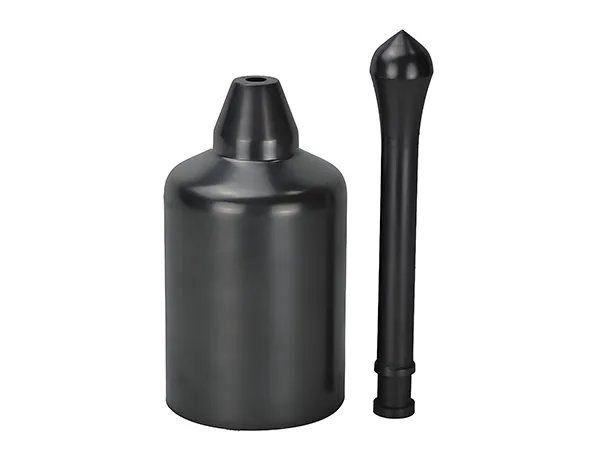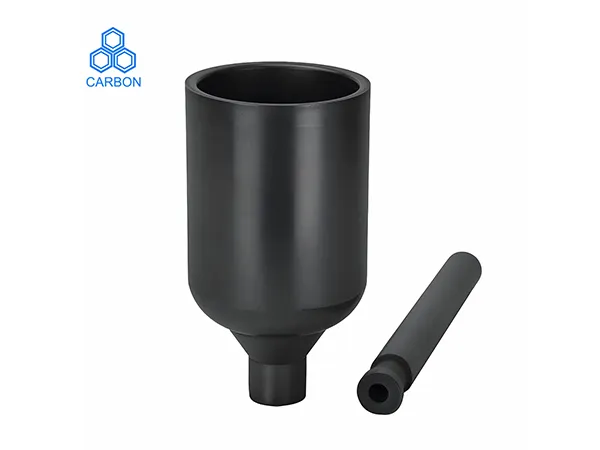Time: 2025-08-07 09:33:02 Source: Cangzhou Carbon Technology Co., Ltd.
Choosing the right heating method for a graphite crucible is crucial for effective and safe metal melting. The best choice depends on the specific application, including the type of metal being melted, the desired melting time, and the scale of the operation. The main heating methods are induction, electric resistance, and fuel-fired.

Induction heating uses an electromagnetic field to generate heat directly within the metal charge, or sometimes within the crucible itself. This method is known for its speed and efficiency.
How it works: An induction coil surrounds the crucible and creates a magnetic field. This field induces eddy currents in the metal, which in turn causes it to heat up and melt.
Crucible selection: For this method, you need a crucible that matches the furnace's operating frequency. Low-frequency furnaces often require crucibles with high silicon carbide content to improve conductivity, while high-frequency furnaces may use clay graphite crucibles to manage the magnetic forces.
Pros: Very fast melting times, high energy efficiency, and precise temperature control.
Cons: Can be more expensive to set up than other systems and requires careful matching of the crucible to the furnace's specifications to prevent overheating.
Best for: Processing precious metals, laboratory research, and applications where speed and precision are top priorities.
Electric resistance furnaces use heating elements that get hot when an electric current passes through them, and this heat is then radiated to the crucible. This provides a clean and evenly distributed heat source.
How it works: The crucible is placed in a chamber surrounded by heating elements. Heat is transferred to the crucible and its contents by radiation and convection.
Crucible selection: Crucibles for this method must be designed for slower heating rates compared to fuel-fired furnaces. Using a crucible with a high graphite content in the carbon binder can enhance thermal conductivity and improve energy efficiency.
Pros: Excellent for precise temperature control and offers a very stable heating environment. It's often used for holding molten metal at a specific temperature.
Cons: Slower heating times compared to induction or fuel-fired methods.
Best for: Small-scale operations, precision casting, and applications where temperature accuracy is more important than speed.
Fuel-fired furnaces use combustion of fuels like gas, oil, or propane to heat the crucible. This is a traditional method that's powerful and often used for larger-scale operations.
How it works: A burner directs a flame at the base of the furnace, and the heat circulates around the crucible. The design of the crucible is often tapered to ensure even heat distribution.

Crucible selection: Crucibles for this method must be able to withstand the high BTUs of the flame and be resistant to oxidation. Silicon carbide graphite crucibles are a popular choice due to their excellent resistance to thermal shock.
Pros: High heating power, cost-effective for large-volume melting.
Cons: Less precise temperature control and can be less energy-efficient than electric methods. It also exposes the crucible to direct flame, which can affect its lifespan if the material isn't well-suited for it.
Best for: Large-scale foundries and industrial melting of base metals like copper and aluminum.
Choosing the right heating method for your graphite crucible is a critical decision that impacts efficiency, cost, temperature control, and the quality of your final product. The best method depends entirely on your specific application.